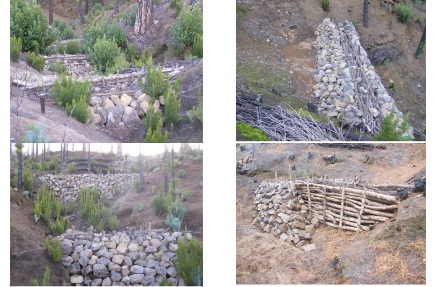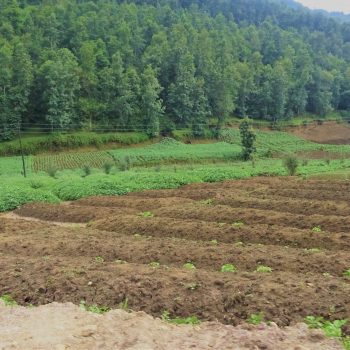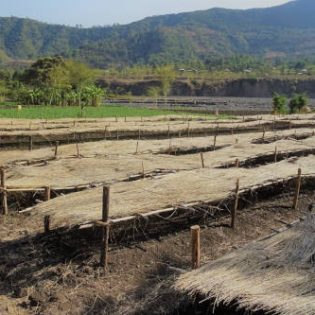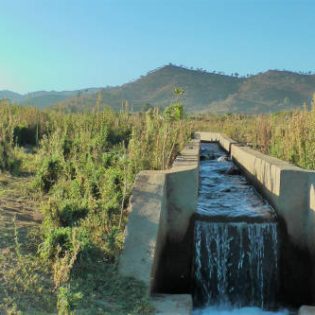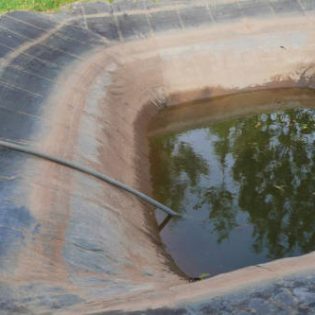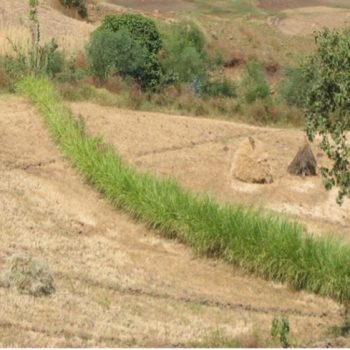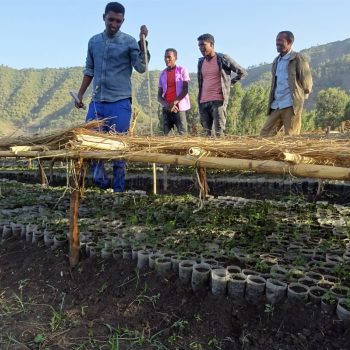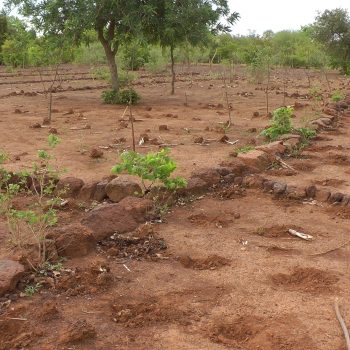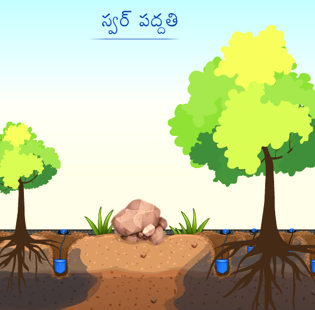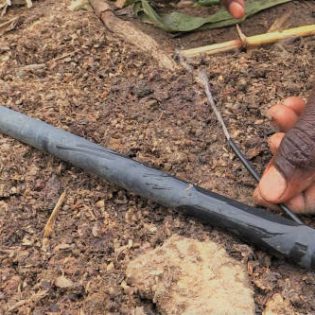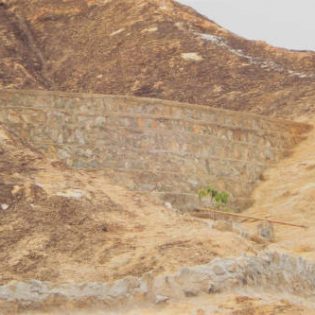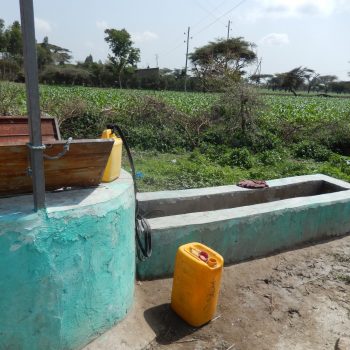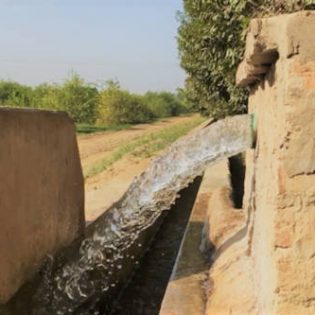A check dam reduces water scouringand allows the retention of sediments (Massachusetts Executive Office for Environmental Affairs, 2003). A study by Nyssen et al. (2010) on a North Ethiopian water catchment shows that the annual runoff coefficient decreased by 81% due to check dams. This reduction in runoff led to a rapid recharge of the groundwater table after the dry season and a prolonged water availability to plants due to capillary rise. The increased water infiltration affects the microclimate by enriching the soil moisture levels. A study on a Northern Ethiopian watershed showed that increased soil moisture changed the area’s arid conditions (Mekonen & Tesfahunegn, 2011). Castelli et al. (2019) analyzed to what extent storing soil moisture can reduce temperatures in the hot months after the rainy season. Results showed an increased catchment capacity to maintain soil moisture in the rainy season, consequently reducing temperatures.
The process of how increased soil moisture levels result in increased air humidity and more moderate air temperature is displayed in figure X. When soil moisture increases, evaporation from the soil is enhanced. More energy will then be diverted towards the latent heat flux pathway, meaning less energy is available for sensible heat fluxes. This uptake of latent heat provides an additional daytime cooling effect. Another effect of increased soil moisture is a reduction in soil erosion by wind. The bond between soil particles becomes stronger through capillary and adhesive forces of absorbed water molecules surrounding the soil particles.
Increased soil moisture also enables groundwater recharge. This, in very specific circumstances, may trigger capillary rise to the benefit of crop production outside the rainy season. Next, it balances the soil temperature by increasing thermal conductivity, promoting heat diffusion in the soil, thereby offsetting extremes in daytime heating and nocturnal cooling. Al-Kayssi et al. (1990) also found that an increase in moisture content decreases the soil temperature differences between daytime and night-time, protecting the plant root system against sharp and sudden soil temperature changes. This moderation of soil and air temperatures extremes increases a site’s resilience considering climate change.
Additional information
| (semi) Natural unused areas | (semi) Natural unused areas |
|---|---|
| Agriculture | Flood/spate irrigated, Rainfed (Crop) |
